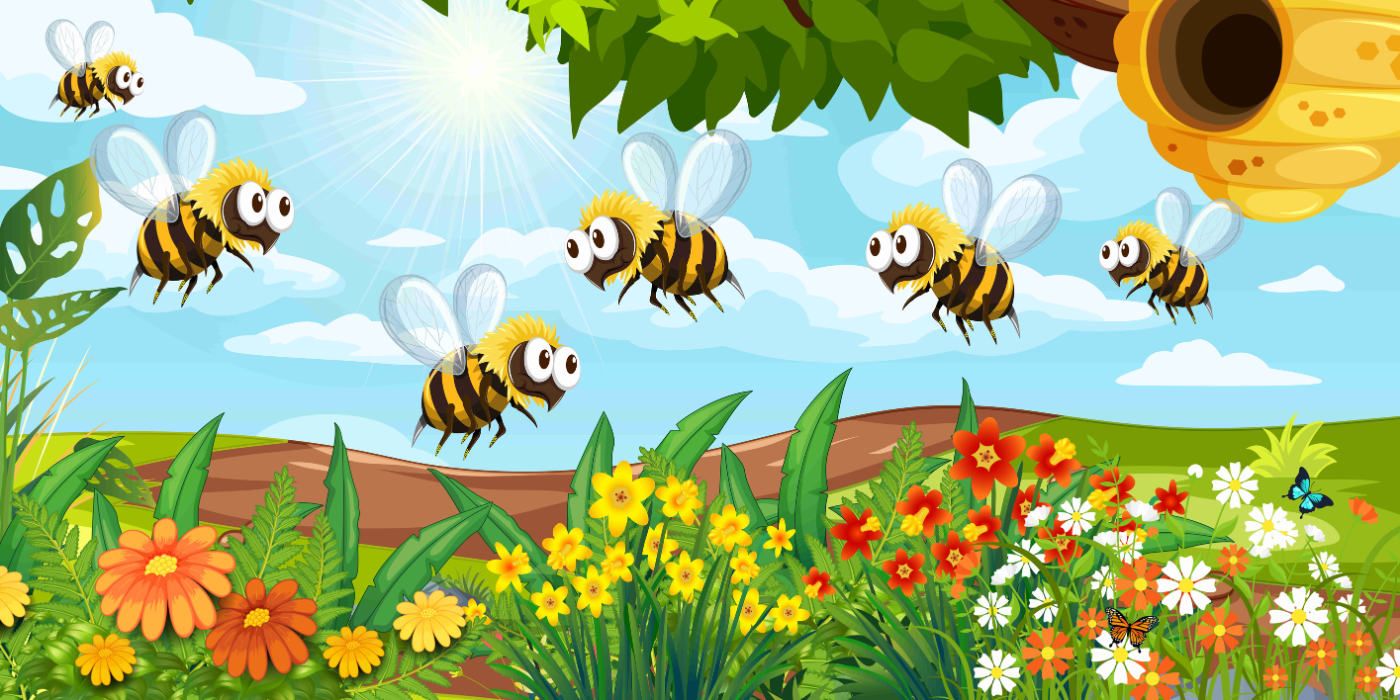Call (803) 754-7577

Blossoms and Bees - The Importance of Spring Pollination
In the enchanting tapestry of springtime, there exists a delicate and vital dance between blossoms and bees. As the earth awakens from its winter slumber and bursts forth in a riot of color and fragrance, bees emerge from their hives, ready to embark on their sacred mission of pollination. Let’s explore the profound importance of spring pollination, the symbiotic relationship between bees and blossoms, and the critical role it plays in sustaining life on our planet.
What is Pollination?
Pollination is nature's remarkable mechanism for transferring pollen from the male reproductive organs of flowers (anthers) to the female reproductive organs (stigma), thereby enabling fertilization and the production of seeds and fruit. While some plants rely on wind or water for pollination, the vast majority depend on animals, particularly bees, for this essential task.
The Bee's Role in Pollination
Bees are among the most efficient and effective pollinators in the natural world, thanks to their unique anatomy and behavior. Equipped with specialized adaptations such as branched body hairs and pollen baskets on their hind legs, bees collect pollen as they forage for nectar, inadvertently transferring it from flower to flower as they move.
As bees visit flowers in search of nectar and pollen, they brush against the reproductive structures of plants, picking up and depositing pollen grains along the way. This process, known as cross-pollination, is essential for the reproduction of many plant species, including numerous fruits, vegetables, nuts, and flowering plants.
Why is Spring Pollination Important?
Springtime heralds the awakening of nature's bounty, as plants burst into bloom and beckon pollinators with their vibrant colors and sweet fragrances. This season of renewal is especially crucial for pollination, as it sets the stage for the growth and development of countless crops that sustain both humans and wildlife.
In agricultural ecosystems, spring pollination is essential for the production of staple crops such as apples, cherries, almonds, and blueberries, as well as a myriad of other fruits, vegetables, and nuts. Without the diligent efforts of bees and other pollinators, many of these crops would fail to set fruit, resulting in diminished yields and economic losses for farmers.
Beyond agriculture, spring pollination plays a vital role in maintaining the health and diversity of natural ecosystems. Wildflowers, trees, and shrubs rely on bees to pollinate their flowers, ensuring the production of seeds and the continuation of plant species. In turn, these plants provide food and habitat for a wide range of animals, from insects and birds to mammals and reptiles.
Challenges Spring Pollinators Face
While the importance of spring pollination cannot be overstated, bees face a myriad of challenges that threaten their ability to perform this critical ecological service. Habitat loss, pesticide exposure, climate change, and disease are among the primary factors contributing to declines in bee populations worldwide.
Loss of habitat due to urbanization, agriculture, and deforestation deprives bees of essential forage resources and nesting sites, reducing their ability to thrive and reproduce. Pesticides, including neonicotinoids and other systemic insecticides, pose a significant threat to bee health by poisoning bees directly or contaminating their food sources.
Climate change exacerbates these challenges by altering the timing of flowering events, disrupting the synchrony between bees and blossoms. Rising temperatures, shifting precipitation patterns, and extreme weather events can lead to mismatches in the timing of spring emergence and flowering, making it more difficult for bees to find food and carry out their pollination duties.
Preserving Spring Pollination
In the face of these challenges, it is imperative that we take action to protect and preserve spring pollination for the benefit of bees, plants, and people alike. Conservation efforts such as habitat restoration, pesticide reduction, and climate change mitigation are essential for supporting healthy bee populations and ensuring the continuation of pollination services.
Individuals can also contribute to the preservation of spring pollination by planting bee-friendly gardens, providing nesting habitats for native bees, and supporting local beekeepers and pollinator-friendly agricultural practices. By working together to safeguard the delicate dance of blossoms and bees, we can ensure a vibrant and fruitful springtime for generations to come.


Leave a comment